 February 2016
Is Jupiter Really Our Protective Shield?
February 2016
Is Jupiter Really Our Protective Shield?
... planets and ‘failed Jupiters’, then Wetherill’s hypothesis was that there should be no reasonable expectation of ever seeing interstellar comets passing through the Solar System. Wetherill noted, ‘…there are several ways in which Jupiter (and...
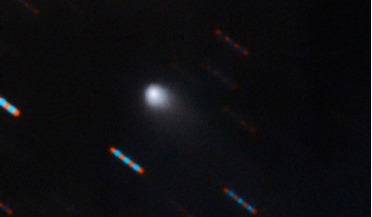 18 September 2019
Researchers calculate feasibility of sending a probe to C/2019 Q4 (Borisov)
18 September 2019
Researchers calculate feasibility of sending a probe to C/2019 Q4 (Borisov)
...C/2019 Q4 (Borisov) – possibly the first confirmed interstellar comet to visit the Solar System – hit the ... viable option. C/2019 Q4 (Borisov) is the second such interstellar object to be identified whizzing through the Solar System; the first...
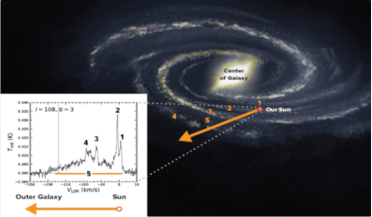 21 June 2021
Astronomers using GBT discover previously unknown huge galactic structure
21 June 2021
Astronomers using GBT discover previously unknown huge galactic structure
... in these regions as neutral hydrogen atoms (those that have not lost an electron) at temperatures typical of the gas in interstellar space neither emit nor absorb light in the visible part of the spectrum. H2 is known to produce a signal known...
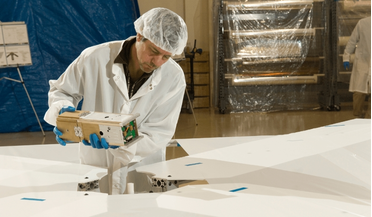 January 2017
New oceans beckon for solar sail technology
January 2017
New oceans beckon for solar sail technology
... three to five times faster than the Voyager spacecraft, allowing rapid scientific study of nearby interstellar space. The mission, called Interstellar Probe, has been studied for years and is of high interest to space science. The Voyager...
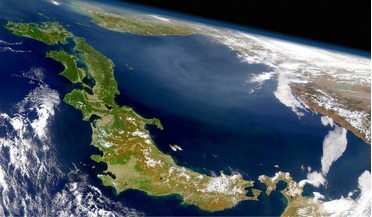 November 2017
Japanese space industrial policy in transition
November 2017
Japanese space industrial policy in transition
... rules and regulations that will allow non-traditional space industry to enter into the commercial market. Interstellar Technologies, based in Hokkaido, Japan, aims to provide high levels of reliability at lower cost with its Momo sounding...
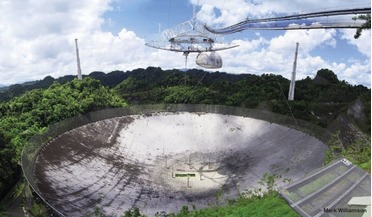 July 2021
Arecibo - an astounding legacy
July 2021
Arecibo - an astounding legacy
... mm, allowing a frequency response as high as 2 GHz. This meant that the 21 cm line of neutral hydrogen, which dominates the interstellar medium of the Milky Way as well as distant galaxies, could now be observed at Arecibo. The upgrade also included...